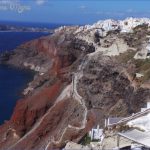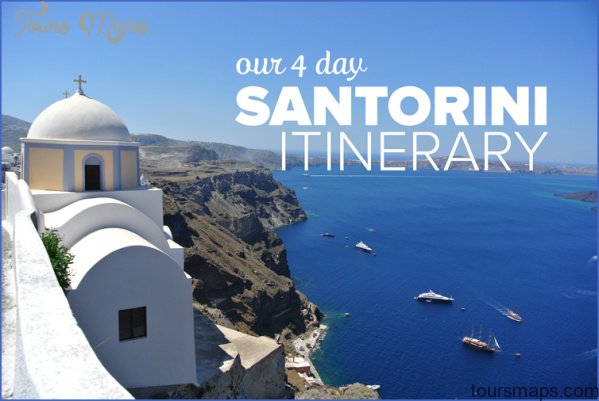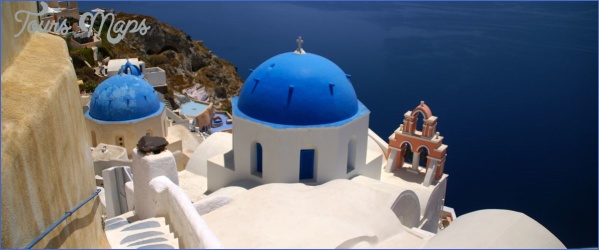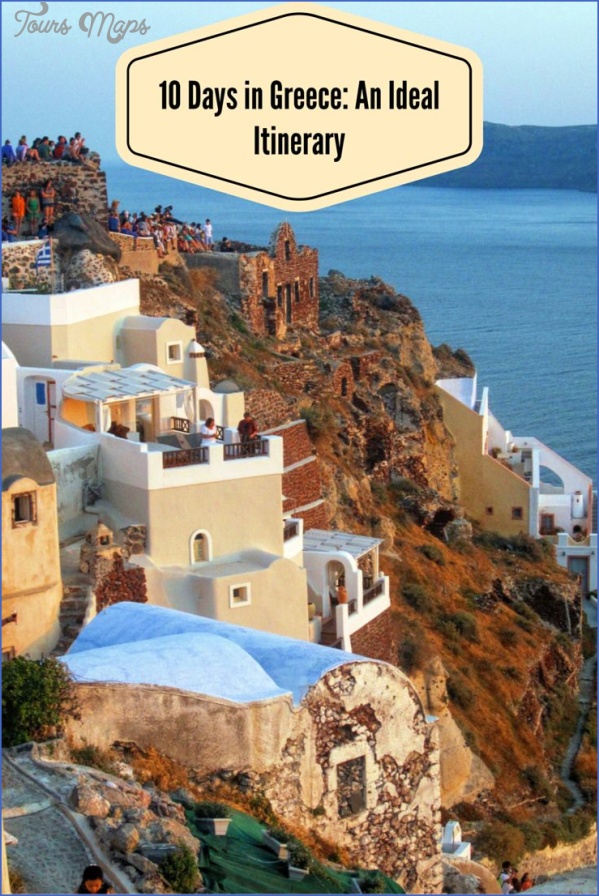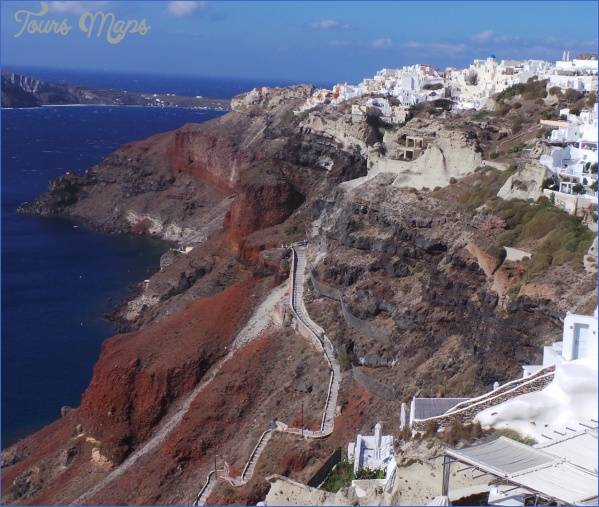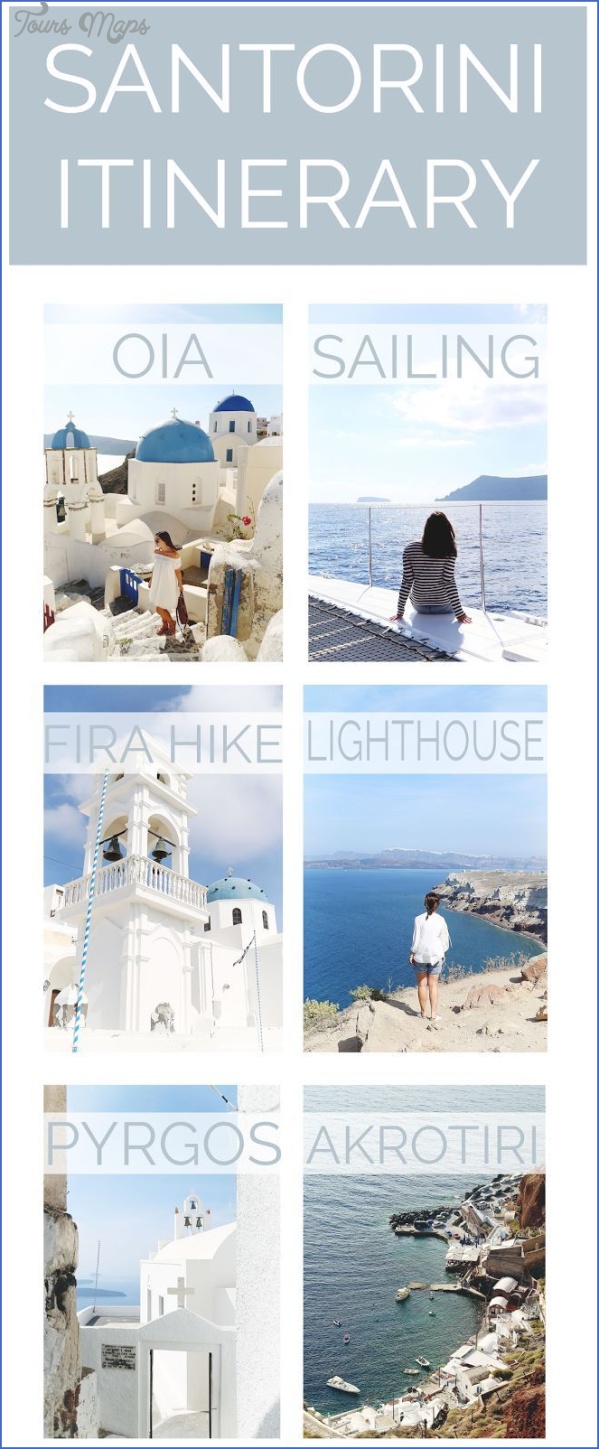In 1537, Khair-ed-Din Barbarossa captured Santorini in the name of the Sultan. With the ousting of the Latins, the Orthodox Bishopric of Santorini was reinstated. Nevertheless, the island continued to be governed, even if in name only, by the Crispi dynasty until 1566. After the Crispis were finally supplanted, Santorini was ceded by the Sublime Porte to Joseph Nazis, who governed it for a short time until it was subjugated by the Turks in 1579. The Turks did not settle on the island. They merely renamed it Deyit-mejik – that is, ‘little mill’ – because of the many windmills there.
During the Turkish occupation, the islanders enjoyed relative autonomy. In exchange for this privilege, they were obliged to pay tax both to the Sultan and to La Serenissma, the Republic of Venice. The Orthodox Bishopric was elevated to an Archbishopric. The system of law applied on the island was called the Civil Code of Santorini, and it seems to have been derived from Byzantine law. It was governed by Elders who were elected by the inhabitants and who in turn represented them before the Ottoman authorities. Every other year the Cadi, or Turkish judge, came to the island to dispense justice. During this period, piracy died down, making it possible for shipping to develop. Santorini gradually acquired a notable fleet of its own. The transit trade grew, too, making it easier to export local products, such as the celebrated wine of Santorini and cotton. Santorini inaugurated relations with all the major ports in the
The church of Our Uwly Episkopi’ near Ihe village of Mesa Gonia. bin’ll by the Emperor Alexius I Com-nenus in Ihe eleventh certluiy.
Eastern Mediterranean. One indication of the prosperity that reigned during those days is the fact that in 1780 the monastery of the Prophet Elijah possessed its own ship. There were two shipbuilding yards, at Armeni in the Epanomeria district and at Athinios, and impressive mansions, which can still be seen today, went up in the villages. In the meantime, by the end of the 17th century, the class composed of descendants of the Latin conquerors had begun to decline, and as a result there was a considerable drop in the number of Catholics on the island. Shipping and trade continued to flourish into the early 19th century. In 1821, when the Greek War of Independence broke out, Santorini’s fleet was the third largest in the country, after those of Hydra and Spetses.
Visit to Santorini Photo Gallery
However, the introduction of steam in the late 19th century brought an end to Santorini’s shipping wealth, and the island’s decline was tragically capped by the catastrophic earthquakes of 1956. Life was shattered. Most of the buildings were damaged, many collapsed completely. The event marked the start of the island’s decay and abandonment, which continued into the 1970s. During this period, however, the interest of scientists, archaeologists, historians and geologists in Santorini’s past began to shift it back to centre stage. As time went by, more and more people discovered the island. Reconstruction began, along with modernisation of Santorini’s facilities. Today the past seems very distant. In summer, what was once among the neglected islands of the Aegean is like a buzzing beehive. For thousands of Greeks and foreigners it has become a favourite place to spend the whole summer, and for others it is an ideal holiday spot.
The east side of complex D at Akrotiri Akrotiri is the best-preserved of all the prehistoric settlements discovered in the Aegean. Excavation of the site confirmed that the volcano had indeed erupted around 1500 BC, since the remains of the town were buried beneath a deep layer of volcanic ash.
Archaeologists began to investigate Akrotiri in the 19th century. In 1870, the French archaeologists H. Gorceix and H. Mamet, members of the French Archaeological School, on the instigation of their geologist compatriot, Fouque, who had worked on the eruptions of the Santorini volcano, began excavations in the mine on Therasia and then turned their attention the area of Akrotiri on Thera itself. Later, the efforts of the French team » were continued by the German baron
Hiller von Gaertringen, who while conducting excavations at Mesa Vouno in search of Ancient Thera also began digging around Akrotiri.
Maybe You Like Them Too
- Top 10 Islands You Can Buy
- Top 10 Underrated Asian Cities 2023
- Top 10 Reasons Upsizing Will Be a Huge Travel Trend
- Top 10 Scuba Diving Destinations
- World’s 10 Best Places To Visit







